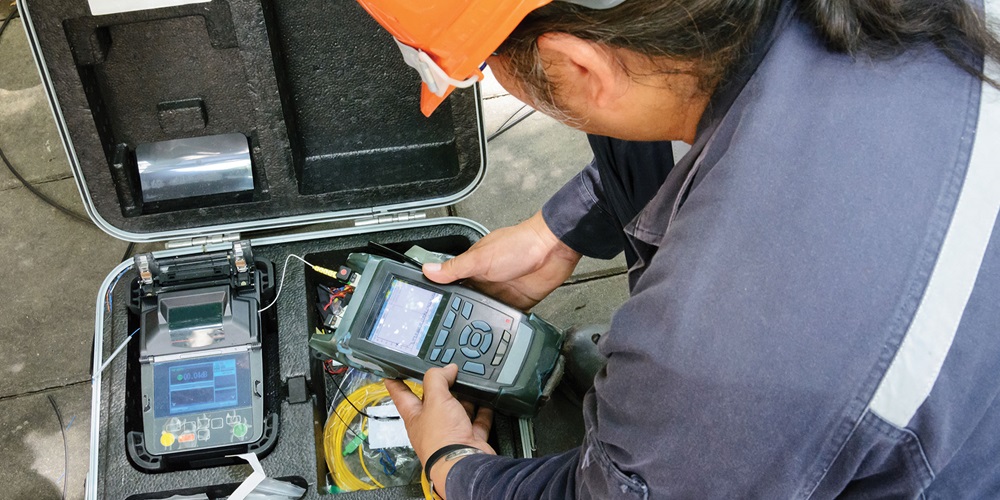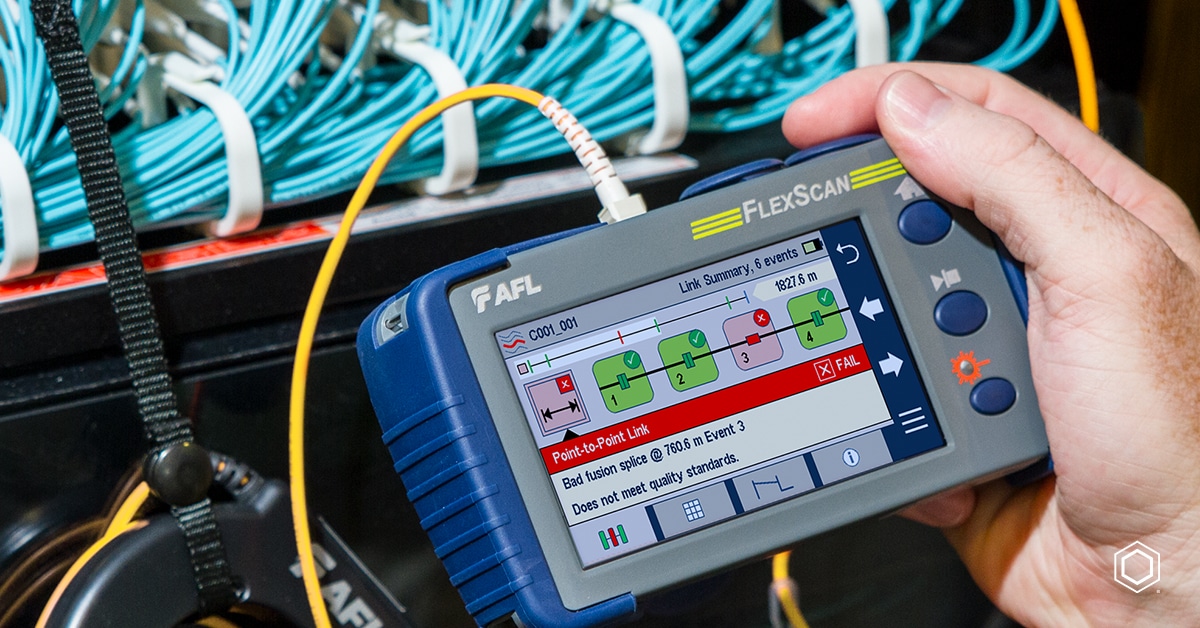The Role of Optical Fiber Testing in Ensuring Quality and Effectiveness in Connectivity Solutions
In today's quickly advancing electronic landscape, the relevance of optical fiber screening can not be overstated, as it serves as a cornerstone for guaranteeing the top quality and performance of connection services. By utilizing a range of testing methods, including OTDR and loss analyses, organizations can proactively determine and alleviate potential network problems that may hinder performance. In addition, regular testing not only aligns with market criteria but also leads the way for enhanced data transmission. As modern technology continues to advancement, the future of optical fibre testing poses appealing challenges and chances that merit closer examination.
Relevance of Optical Fiber Testing
The value of optical fiber testing can not be overemphasized in making sure the honesty and efficiency of interaction networks. As the foundation of modern-day telecommunications, optical fibres assist in high-speed data transmission, making their dependability essential to operational success. Evaluating acts as a positive measure to identify prospective concerns such as signal loss, attenuation, and physical damages, which can endanger network performance.
Regular screening permits the confirmation of installment top quality and the detection of problems that might impact information stability - robotic vision. By utilizing rigorous testing protocols, network drivers can alleviate the dangers connected with network failures, including downtime and monetary losses. Optical fibre testing makes certain conformity with market standards and laws, improving the total high quality of solution supplied to end-users.
Inevitably, the systematic analysis of optical fibers adds to the long life and performance of interaction systems. It makes it possible for stakeholders to make educated decisions relating to maintenance, upgrades, and troubleshooting. In a landscape where data is progressively vital, focusing on optical fibre screening is important to sustaining durable and reliable connectivity solutions, therefore supporting the demands of contemporary digital atmospheres.
Kinds Of Optical Fiber Examinations
Various testing approaches are used to guarantee the capability and integrity of optical fibres within communication networks. These tests can be broadly categorized into two primary types: installation examinations and maintenance tests.
Installation tests are carried out right away after the setup of optical fibre cables to validate their performance and stability - optical fibre diameter analyser. One of the most typical installation examinations consist of Optical Time-Domain Reflectometry (OTDR) examinations, which assess the quality of the fibre by recognizing faults or breaks, and end-to-end loss tests, which determine the overall optical loss from one end of the fibre to the various other
Maintenance tests, on the various other hand, are carried out occasionally to ensure continuous performance and spot prospective issues in time. These include aesthetic inspection, which look for physical damages or inappropriate installations, and continuity examinations, which validate that the signal can pass with the fiber without disruption.
Additionally, advanced examinations such as Polarization Setting Diffusion (PMD) and Chromatic Dispersion (CD) tests can be carried out to review the fiber's performance under different problems. By employing these diverse testing techniques, technicians can keep high standards of top quality and integrity in optical fiber networks.
Benefits of Normal Checking
Regular testing of optical fibres plays a critical role in maintaining the overall performance and integrity of communication networks. By carrying out routine evaluations, companies can make certain that their fiber optic installments satisfy market criteria and run effectively. This aggressive technique aids to recognize possible weak points and destruction with time, permitting for prompt treatments prior to problems escalate.

Cost-effectiveness is one more advantage. By resolving small concerns early, organizations can stay clear of the high expenses related to significant repair work or system failings. Routine testing also promotes compliance with governing requirements, making certain that the network abides by necessary safety and performance requirements.
Common Problems Identified
Determining common problems in optical fiber networks is vital for maintaining ideal efficiency and dependability. Numerous elements can add to disruptions, consisting of physical damage, bad installment methods, and ecological impacts.
Physical damage, such as bends, breaks, or abrasions, can significantly deteriorate signal top quality. Improper setup techniques, including extreme stress or insufficient safeguarding of cable televisions, may bring about enhanced depletion and loss of connection. Additionally, environmental aspects such as temperature variations, moisture ingress, and rodent interference can endanger the honesty of the fibre.
Connector problems likewise regularly arise, with incorrect positioning or contamination leading to enhanced insertion loss. In addition, splicing mistakes can present considerable signal degradation if not carried out with accuracy.

Attending to these typical issues via normal optical fiber screening not just enhances network reliability yet likewise optimizes overall performance, ensuring that connection options stay durable and effective.
Future Patterns in Testing
As the need for high-speed connectivity remains to increase, the future of optical fibre screening will progressively focus on automation and progressed you can try these out analytics. The combination of artificial knowledge (AI) and artificial intelligence (ML) in testing procedures will make it possible for a lot more efficient information analysis and anticipating maintenance, reducing downtime and enhancing general network reliability. Automated screening solutions will improve the evaluation and qualification of fibre networks, decreasing human error and boosting testing throughput.
An additional substantial fad is the adoption of remote testing technologies. As the deployment of fibre networks expands into remote and underserved areas, remote screening abilities will enable service technicians to check and detect network problems without physical visibility, thus decreasing functional expenses and enhancing action times.
Moreover, there will be a shift towards even more detailed testing requirements that encompass not only traditional loss dimensions yet likewise efficiency metrics such as latency and bandwidth application. This all natural technique will help like this with better network monitoring and optimization approaches.
As these patterns progress, the optical fibre screening landscape will not only boost the high quality and effectiveness of connectivity remedies however likewise support the expanding complexities of modern interaction networks.
Final Thought
In final thought, optical fibre testing find out this here offers as a basic part in keeping the honesty and efficiency of communication networks. The ongoing commitment to routine screening not just improves data transmission however additionally lines up with industry requirements, promoting dependability in network facilities.